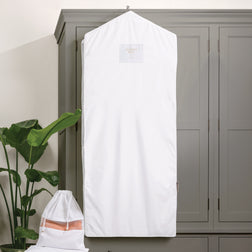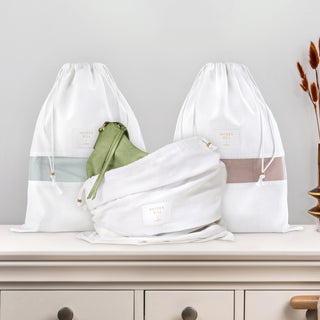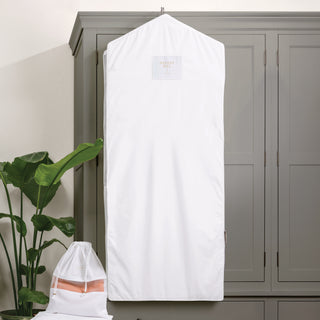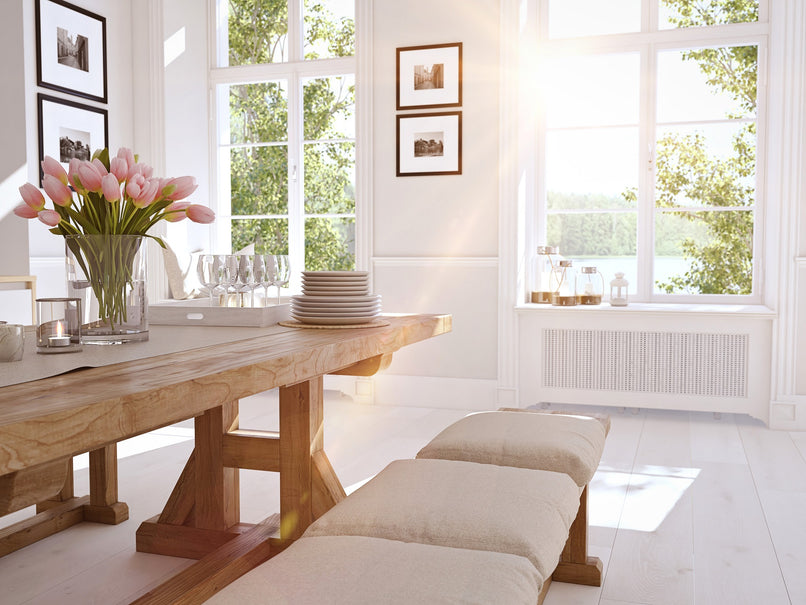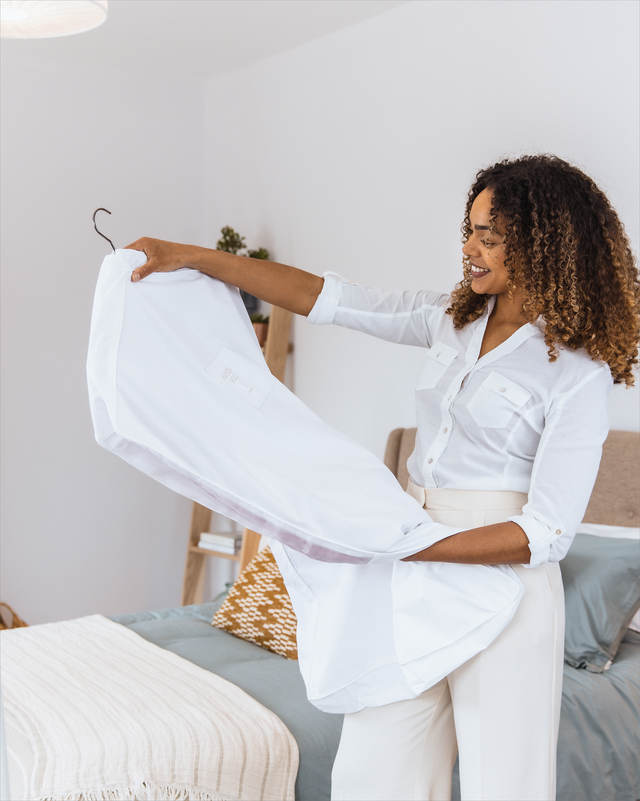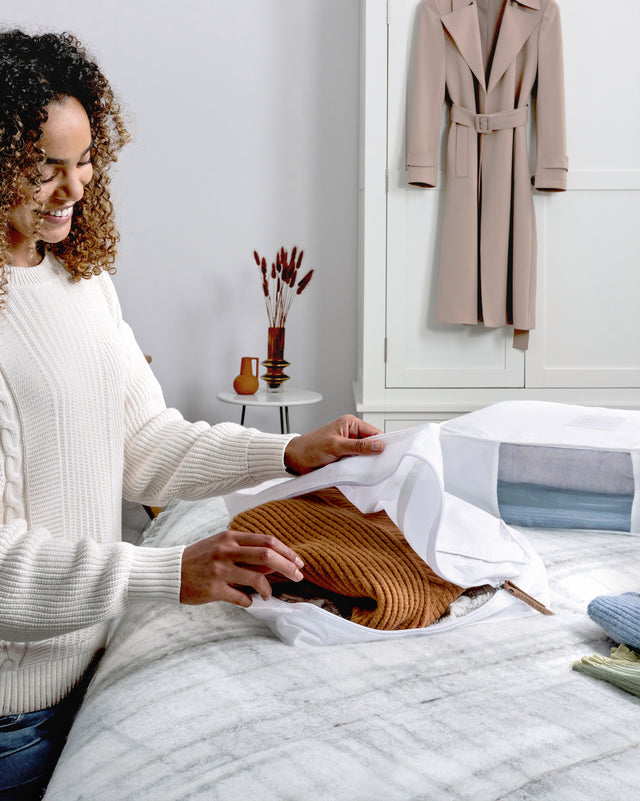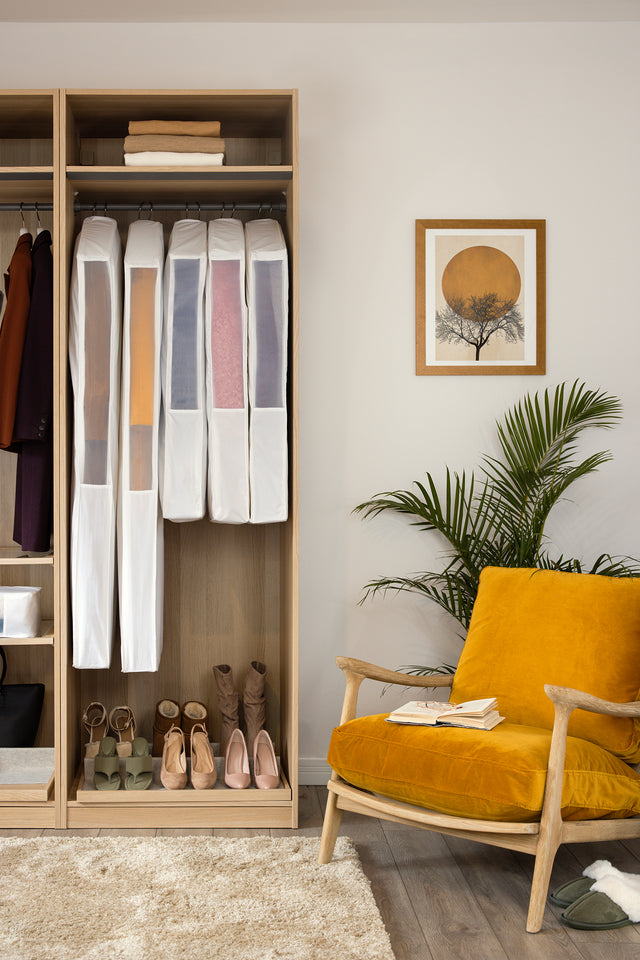If you are planning on organising your home here is a checklist to use as a guide through the process. Read our tips and tricks in our room-by-room guide and tidy up all your rooms.
A new year, spring cleaning season, back-to-school time– there is never a bad time to organise your home.
And, as much as we would like our homes to look like something out of Real Simple magazine or The Home Edit show, organising your home can be overwhelming.
So, before we get into our room-by-room guide or checklist on how to organise your entire home, here are a few general tips to make your organising project more manageable.
Tips to Prevent Overwhelm When Organising
-
Decide how long you will spend organising before you start.
Organising even one room can take a large chunk of time. Before you get started, decide how much time you have to commit to organising that particular day.
-
Select a task based on how much time you have.
If you are ready to dedicate a couple of hours to organising, you may be able to go through all the drawers in a room. But if you only have 30 minutes, pick a quick task such as decluttering your sock drawer or the cabinet full of water bottles.
-
As you go through each room, separate items into those to keep, donate and recycle.
Every item you toss or donate is one less item you have to find a place for.
-
Maintain your organised space.
After you organise a room, commit to spending a couple of moments picking it up each day so the space stays tidy.
-
Purchase the right supplies.
Specialised products made to organises specific items will help you keep your space organised and make it easier to find your belongings.
-
Consider hiring help.
Organising an entire home can be daunting. If your budget allows, hire a professional organiser. Their expertise will make organising easier and faster.

A Complete Guide to Organise Your House
Kitchen
The kitchen is the heart of the home. It’s where you cook and eat your meals, chat with friends over a glass of wine, and entertain and socialise. With so much use, the kitchen can quickly become cluttered.
The kitchen also typically houses a lot of items. To organise it, divide the space into these different zones, and declutter each one at a time.
- Pantry
- Refrigerator and freezer
- Under the sink
- Small appliances
- Bakeware
- Kitchen tools and cutlery
- Dinnerware
- Drinkware
- Flatware
- Serveware
- Food storage containers
- Cookware
- Countertops
Kitchen Organisation Tips
Here are some great tips and storage solutions to make organising your kitchen easier:
-
Section Out Drawers
Compartmentalise everything. Use drawer organisers to group items together so they are easy to find. Keep like items together, such as measuring cups and spoons, serving utensils, or small baking dishes.
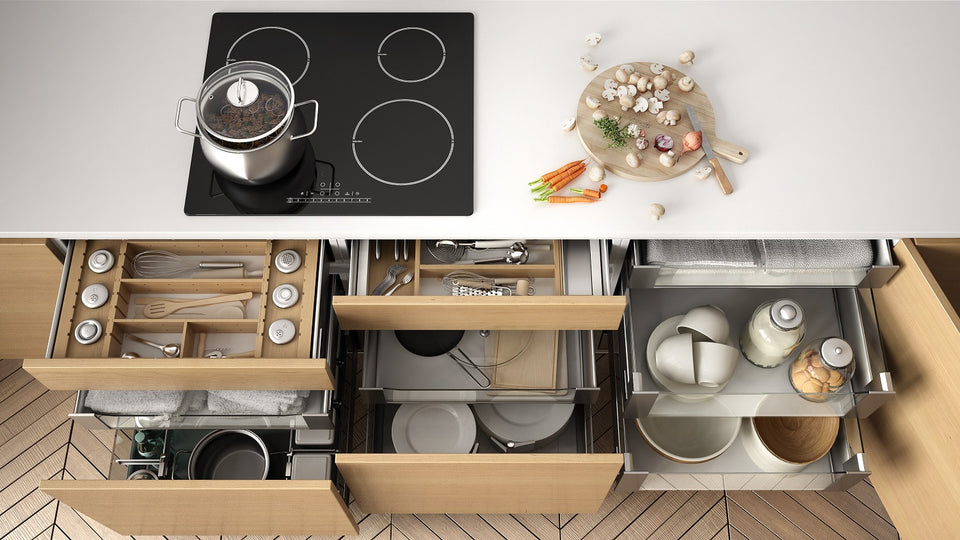
-
Choose Clear Containers
Storing pantry essentials in clear containers is aesthetically pleasing and allows you to see what is inside. Whether you place the containers on the countertop or in the pantry, the result is beautiful and functional.
-
Hang Pots and Pans
To free up cabinet space or to add to your décor, hang cookware under upper cabinets, on the wall, or from the ceiling. Hanging pots and pans saves space and makes cooking convenient. You can also hang measuring cups and spoons on the inside of a cabinet door for quick and easy access.
-
A Command Hub
Want to keep track of recipes, menus, and grocery lists? Stick a couple of adhesive pockets to the inside of your favourite cabinet or to the pantry door. These pockets are also a handy place for receipts, invitations, gift certificates, and much more.
Maintaining an Organised Kitchen
After organising the kitchen, follow these habits to keep it looking tidy:
- Wipe down the counters after every meal.
- Place your plates in the sink or dishwasher immediately after use.
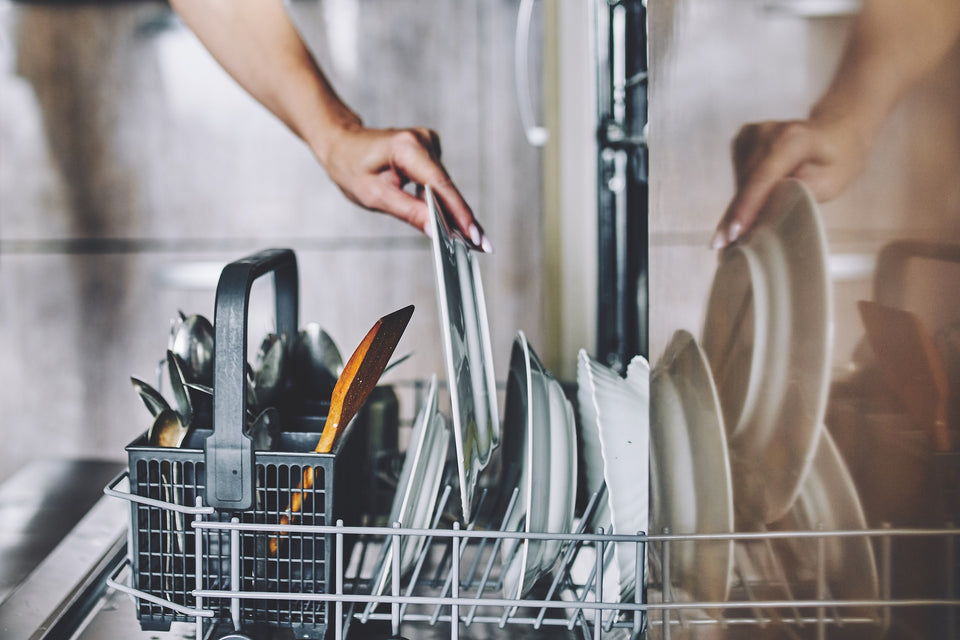
- Use or toss all old food before bringing home new groceries.
- Sort mail immediately upon entering the house and recycle junk mail.
- Recycle food containers that are missing lids or bottoms, or if they are stained, warped, or cracked.
- Check your pantry inventory and clean it out every 6 months.
- Clean out the fridge and freezer every 6 months.
Living Room
Like the kitchen, the living room is where you, well, live. This multipurpose space is where family and friends gather to talk, play games, watch TV, nap, and more.
To declutter a living room properly, divide it into these zones and organise one at a time.
- Bookshelves
- Magazines and magazine racks
- Toys
- DVDs, video games, and board games
- Blankets and throw pillows
- Decorative items
Living Room Organisation Tips
These home storage solutions will maximise your living space.
-
Multifunctional Furniture
Dual-purpose furniture is beautiful and practical. Even a simple coffee table can unfold into desks or contain modular seating. Some have shelves to store books, electronics, remotes, and more.
You can also choose nesting tables, storage ottomans, wall racks, and use bookshelves as room dividers. Get creative.

-
Skip The TV Stand
To add more storage space in the living room, put the TV on top of a beautiful dresser. Not only are dressers attractive, they have plenty of drawers to provide additional storage. Plus, those items remain out of sight until needed, which reduces visual clutter.
Maintaining an Organised Living Room
To keep your living room organised, follow these tips and tricks:
- Place extra blankets and pillows in vacuum bags and airtight storage bins.
- Put seasonal items in storage until needed.
- Use cord ties to organise all the cables and cords coming from the TV and media centre.
- Use decorative storage boxes, baskets, and bins to organise games, DVDs, and toys.
- Always return items to their assigned spaces at the end of the day.
Bedrooms
Bedrooms contain most of our personal belongings, many of which are in our closets. Closets are often the most cluttered spaces in the home. This is why it is critical to identify items you want to toss or donate prior to organising what remains.
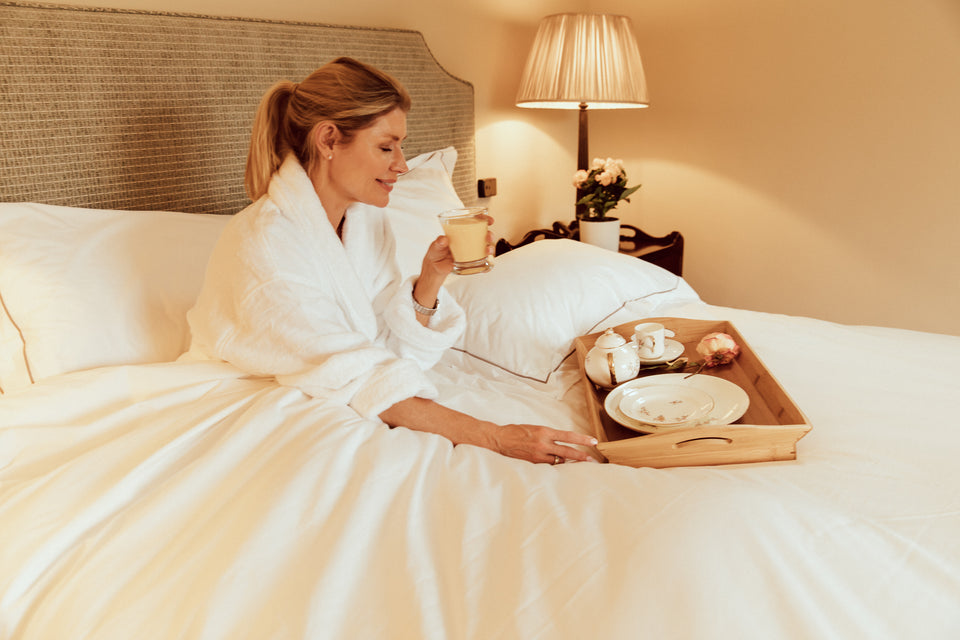
When sorting your items, divide bedrooms into these zones and go through one space at a time.
- Nightstand top and drawers
- Under the bed
- Dresser
- Chest of drawers
- Jewellery and accessories
- Closets: Because organising a closet is such a large project, consider dividing it into zones as well. Choose one category of item to sort through at a time, such as shoes, handbags, dresses, summer clothing, etc.
Closet Organisation Tips
Because closets contain so many items, knowing how to maximise your space can be very helpful.
-
Store Shoes Heel to Toe
When organising shoes, place one shoe on the shelf heel first. The second goes next to it toe first, so both fit snugly together. This technique allows you to store more shoes in your space. You can up level your shoe organisation by lining up your shoes by colour, heel height, or purpose.
-
Connect Hangers
Purchase connector pegs or hooks designed to attach multiple hangers together. They allow you to hang a handbag with its coordinating outfit, hang pieces of an outfit together, or hang out of season clothes in less space. The possibilities are nearly endless.
-
Plan Where Everything Will Go
As you are cleaning out the closet, make a plan for where rolled, folded, and hung clothes will go. Divide the clothes you plan to keep into piles based on how they should be stored, and then place them in the appropriate location.
Maintaining an Organised Bedroom
Organised bedrooms and closets are so beautiful that you will never want to go back to clutter. Keep your spaces looking magazine worthy by following these tips:
- Make your bed every single day; it could make you more productive.
- Hang or fold your clothes after wearing, if they’re not dirty.
- Keep your nightstand as clutter-free as possible for a more relaxing environment.
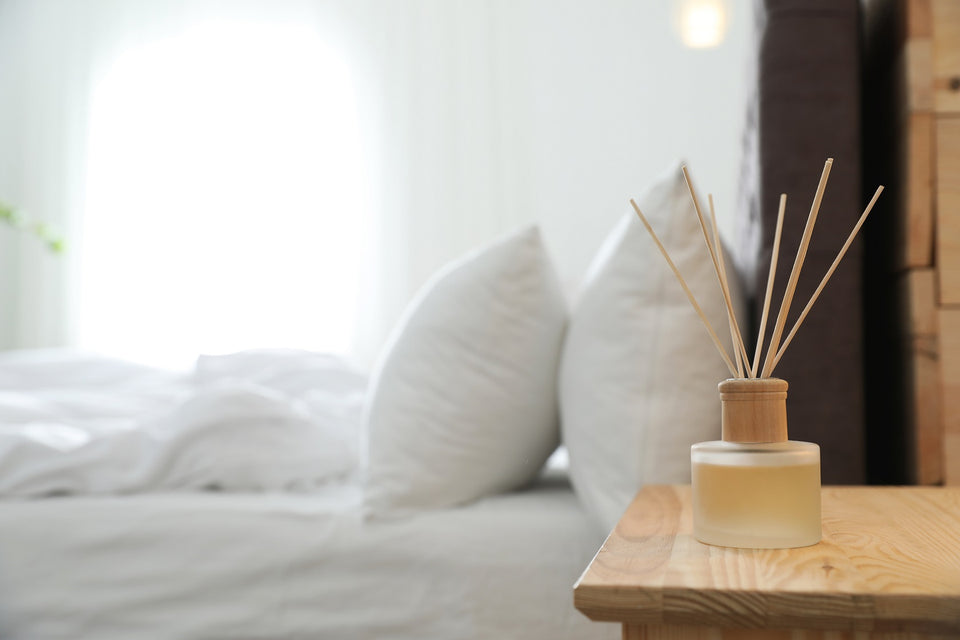
- Use the space under your bed to store seasonal items.
- File your clothing vertically in drawers.
Bathrooms
Bathrooms are often overlooked when organising because they don’t have a lot of storage space. Yet, most of us keep many items in these small spaces.
When organising a bathroom, divide the space into these zones, and declutter each area one at a time.
- Under sink
- Vanity top
- Vanity drawers
- Linen closet
- Medicine cabinet
- Shower items
- Bath items
As you are sorting through items, some can be quickly discarded, such as:
- Expired cosmetics and toiletries
- Expired medicines
- Broken hair accessories or beauty tools
- Threadbare towels and washcloths
Bathroom Organisation Tips
When organising your bathroom essentials, try these tricks to maximise your space and easily find your most used items.
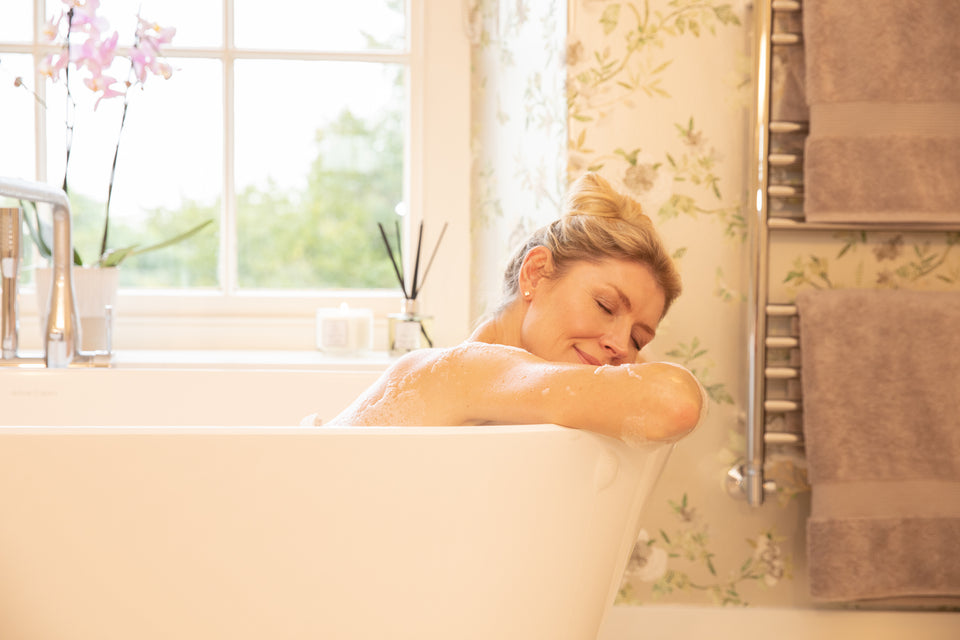
-
Invest in Organisers
Bathrooms are full of small items: toothbrushes, cotton swabs, makeup, hair products. Having drawer dividers, makeup organisers, and bins make corralling these items much easier.
-
Have Dedicated Space for Extras
You likely keep spares on hand for some items like soap, toothpaste, and shampoo. Store these extras together in a designated place so you will know where to look when something has run out.
-
Keep Counters Clear
Yes, clear counters look better. But there is another, more practical reason to keep little clutter on countertops. As you get ready every day, you will need a space to place items like makeup, curling irons, and skincare. That won’t be possible if your counters are already covered.
Maintaining an Organised Bathroom
Here are a few ideas to help keep your bathroom organised and clean:
- Wipe down the sink after brushing and flossing your teeth.
- Wipe down the vanity in the evening after you’ve prepared for bed.
- Check medicines and makeup for expired products every 6 months.
- Use trays or small storage containers to organise makeup and toiletries.
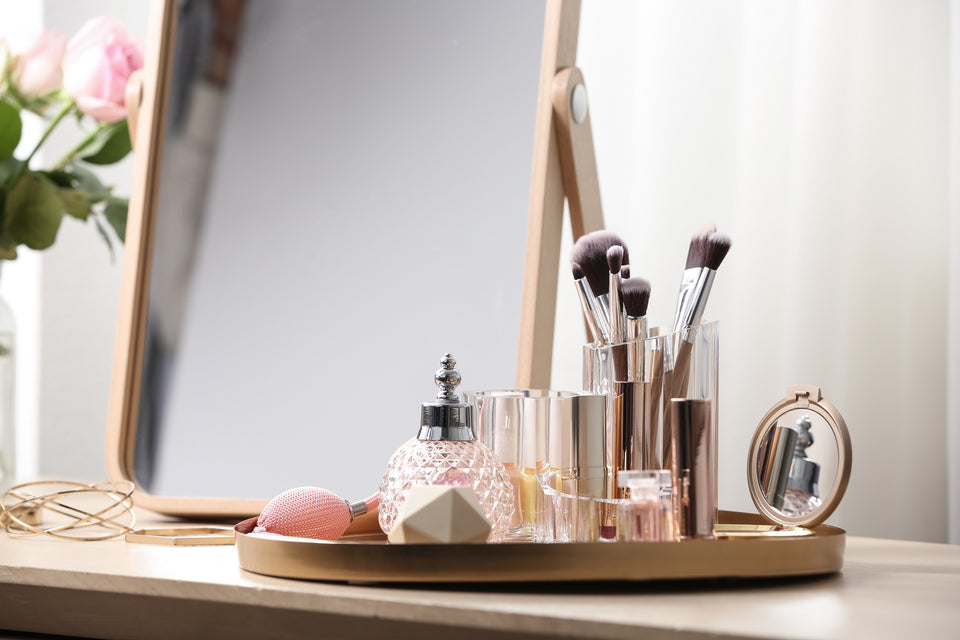
- Clean up any water on the floor after showering.
- Put everything in its proper place once you’re done using it.
Home Office
In this post-pandemic world, having a functional and organised home office is more important than ever before. It is now a place where you spend many hours working, doing video conferences, and paying bills. The more organised your home office is, the more efficient and productive you can be.
When decluttering your home office, spend some time organising each of these areas:
- Papers
- Books
- File cabinets and inboxes
- Electronics and accessories
- Desk drawers
- Desktops
- Digital spaces such as your home screen and email inbox
Home Office Organisation Tips
When organising your home office, this general advice may come in handy:
-
Get Control of Paper Clutter
Most home offices are full of paper clutter. Sort papers into four categories: recycle, shred, temporarily keep, and file. Recycle what doesn’t require your attention like advertisements and catalogs. Shred anything with sensitive information that is no longer needed. Temporarily keep papers you need to address later, such as bills, items to scan, events to add to the calendar, etc. File important documents such as tax papers, school correspondence, medical letters, etc.
-
Keep Your Desktop Clear
Research has shown that clear workspaces allow us to focus better and be more productive. Clutter-free spaces are also found to be better for our mental health.
Put away as many items as possible by using desk drawers, inboxes, and file cabinets, and keep only a few essentials on top of your desk.
-
Create a Digital Organising System
There are many apps and software to help organise your digital life, including Dropbox, Evernote, and Microsoft OneNote. Choose one you like best and create a system to organise your digital files. Delete anything you don’t actually need, give remaining files clear and specific names, and use folders to categorise everything. Use the same strategy to organise your email inbox with the use of folders and/or labels.
Maintaining an Organised Home Office
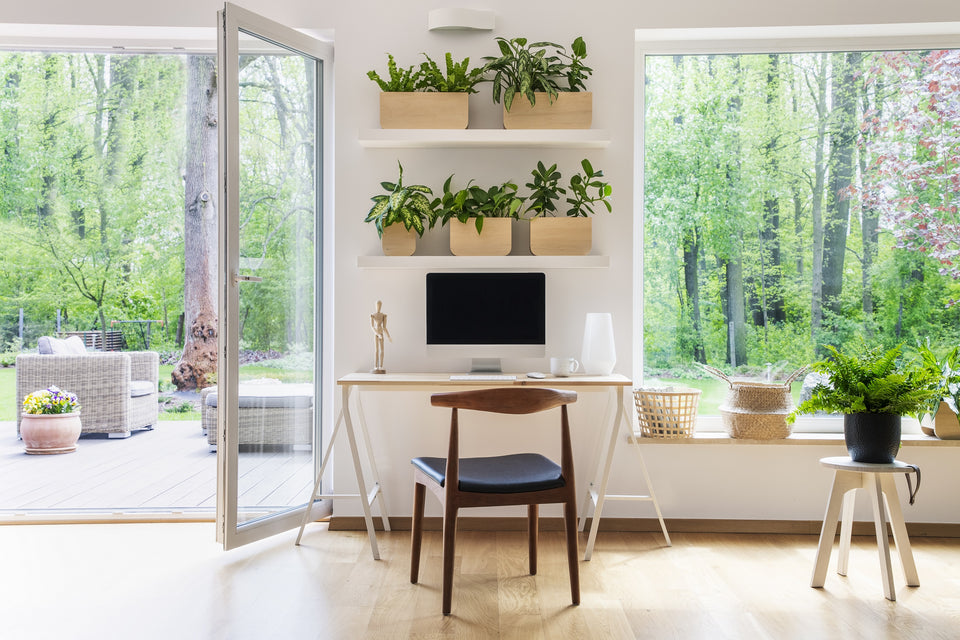
After your office space is organised, help it stay neat and clean by following these tips:
- Invoke the one-touch rule for all papers. As soon as you pick up a paper, decide whether to keep it or toss it and do so immediately.
- Shred papers with sensitive information after 2 weeks.
- Keep a calendar nearby and mark the days bills should be paid, even those on automatic withdrawal.
- Use a charging station and cord organisers to keep all your electronics in one place.
- Be sure to dust your laptop or computer regularly.
Laundry Room & Linens
The laundry room may not be your favourite room in the house, but it is certainly one of the most used. And all that laundry, when not put away immediately, can turn into a mountain of clutter.
When organising your laundry, there are a few items you can recycle immediately:
- Old pillowcases and sheets
- Old duvets and comforters
- Socks without their matches
- Expired or unused detergents, fabric softeners, and laundering solutions
- Damaged clothing that cannot be mended
Laundry Room Organisation Tips
The laundry room is where your garments are washed, dried, and pressed, so it makes sense that this room should be organised in a way to make those tasks easier. These products will help you do just that.
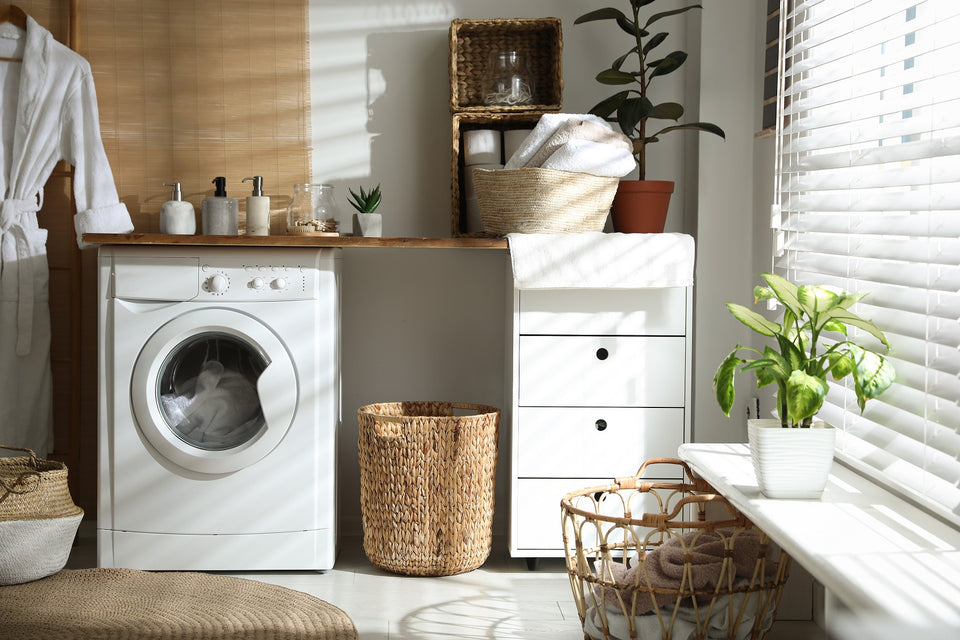
-
Mounted Drying Racks
Do you want more functionality in your laundry room and save space at the same time? Mount drying racks directly to the wall. Make sure they are the kind that folds so you can press them flat when not in use.
-
Use Separate Hampers to Organise Laundry
Every person in the house should have their own labelled hamper, so you know whose clothes are going into the washing machine. You can further divide the laundry by having labelled baskets for linens, towels, delicate items, and bulky items.
-
Add a Folding Station
The most efficient way to do laundry is to put it away as soon as it is dry. This is possible if you have a space where laundry can be folded immediately. A countertop in the laundry room that is free of clutter is the ideal space for folding.
Maintaining an Organised Laundry Room
- Use a vase to collect coins and other items from pockets.
- Keep separate bins for detergents, fabric softeners, and stain removers. Store these on high shelves.
- Designate a bin for single socks, and empty it once a month if a match has not been found.
Playroom
If you have kids, it’s likely that one of the most cluttered spaces in your home is the playroom. With Christmas, birthdays, and gifts from well-meaning relatives, it may seem as if toys are taking over your home. And, it’s unlikely that your children will offer to give away their toys anytime soon.
So, a strategy for tackling playroom clutter is a must.
Playroom Organisation Tips
When organising a playroom, follow these tips to make the task more manageable and possible to accomplish.
-
Organise one type of toy at a time.
This organising project will become quickly overwhelming if you go into the playroom and pull out every single toy. It will be much less stressful if you focus on one category of toys at a time such as blocks, dolls, action figures, or dress up costumes.

-
Sort first, then organise.
The first step to any organising project is to sort the items into piles: keep, donate, and recycle. After each organising session, get rid of the items to donate or recycle, and place items to keep in a temporary container. After you have sorted through all of the toys, you can evaluate your storage system and decide the best place to store everything. Depending on your child’s personality, you may also want to consider sorting through toys when he or she is not present.
-
Choose containers that are easy to open and labelled.
When buying containers to store toys, consider purchasing options that are easy to open for even a small child and have a place for a label. This will allow your child to help put away their own toys. And, if a child is too young to read a label, use a picture of the toy instead.
Maintaining an Organised Playroom
-
Train children to put away one type of toy before getting out another.
If your child learns to put away toys when he or she is done playing with them, there will never be a huge mess for either of you to clean.
- Another alternative is to have your children put everything away at certain times of day.
Because this is a playroom, and unlikely to be a space that guests see, you may be fine with a certain amount of clutter. You can decide what is right for your family and whether the playroom should be picked up at the end of the day, once each week, or even only before house cleaners come.
-
Consider a toy rotation.
When a child has many toys, it can be hard for him or her to choose something to play with, and some toys often get forgotten. Rotating toys allows a child to be able to play with everything they own. You can divide toys into bins and get out one bin each day or each week.
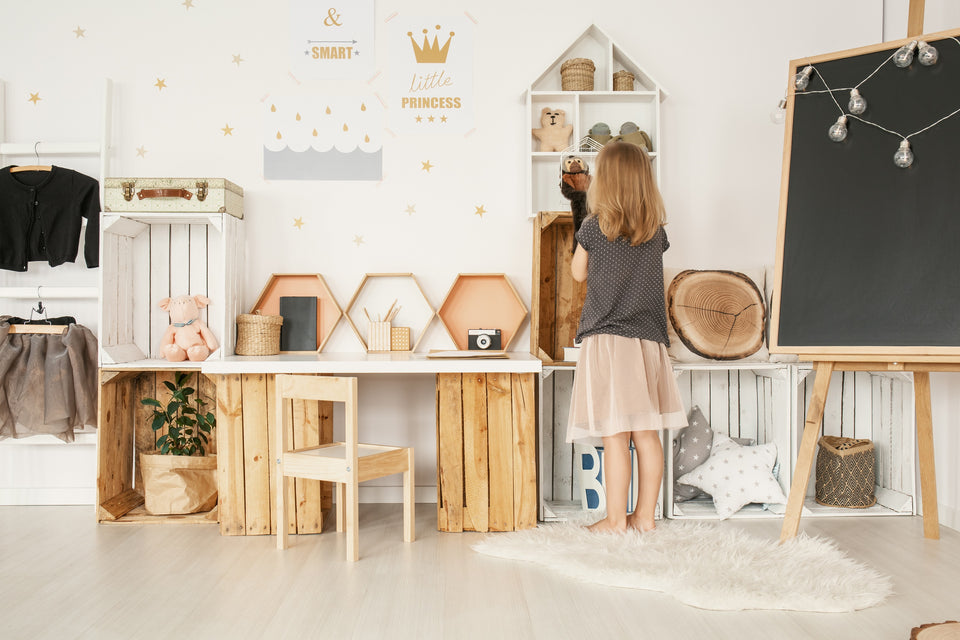
FAQs
1. What is the easiest way to organise a house?
The easiest way to organise a house is to give everything a home. Having a specific place for every item, and keeping the item in that place will prevent misplacing items or losing things altogether. The other simple way to organise is to throw away or donate the items you don’t like or use, as clutter is often created by things we don’t need.
2. How can I organise my home like a professional?
Whether you organise your home yourself or choose to work with a professional, the most important aspect of organisation is maintenance. Putting items back in their assigned places, making time to pick up clutter daily, and continuing to let go of items you don’t use or want are principles professional organisers live by.
3. How do you start organising a cluttered room?
The key to organising any room is sorting. Go through items one at a time, deciding whether they should be kept, recycled, or donated. Once you have removed some of the items, you can start organising what remains.
Organising your home can be overwhelming, because it can be both time consuming and emotionally draining to let things go. That’s why it may be helpful to hire a professional organiser to help walk you through the process.
If you decide to do it yourself, start small. Choose a small drawer or cabinet to organise first, which will help you build momentum to tackle your entire house. One step at a time.

